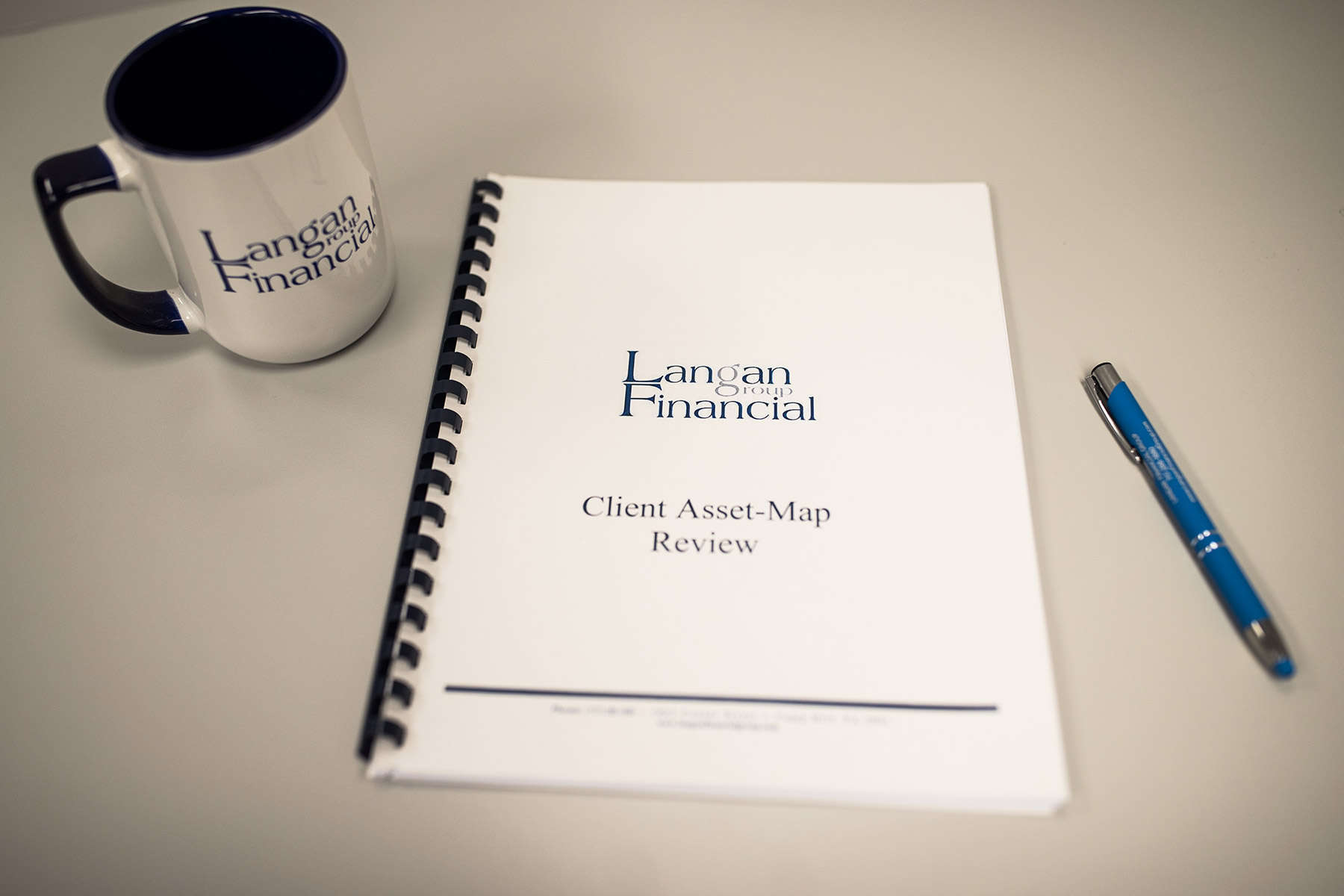Multiple Employer Plans for Retirement
A Retirement plan that combines two or more employers to help minimize fees, admin work and increase fiduciary protection.

Multiple Employer Retirement Plans
Multiple employer retirement plans are group retirement plans in which two or more unrelated employers can participate.
Participants can combine employer plans to pool assets and leverage economies of scale to increase the value of their retirement plan benefits.
These retirement saving plans are sponsored by a third party such as an association or chamber. It can take on the responsibility and liability for operating the group retirement plan.
3 Types of Multiple Employer Retirement Plans
There are three main types of multiple employer retirement plans:
- Multiple Employer Plan
- Multiple Employer Aggregation Plan
- Pooled Employer Plan
Benefits of Multiple Employer Retirement Plans
These types of plans are designed to help small businesses improve their retirement plans. By leveraging economies of scale, small businesses can:
- Minimize administrative responsibilities
- Minimize fiduciary responsibilities
- Minimize costs
Main Differences Between MEPs, MEAPs, and PEPs
The main differences between the plans are:
- Level of fiduciary protection
- Level of administrative burden
- Level of employer involvement in decision making
Each plan has its pros and cons. Depending on your audience as well as your overall goals, one plan may be a better fit than another.
Multiple Employer Plan
A multiple employer plan, also known as a MEP, is an employee retirement benefit offered to two or more unrelated employers.
It is designed to encourage small businesses to have a retirement benefit through aggregating assets to minimize costs and maximize value.
There are two types of MEP:
- Closed MEP
- Open MEP
Closed Multiple Employer Plan
Closed Multiple Employer Plans are made up of two or more unrelated employers and a sponsor that is a bona fide:
- Group
- Association
- Organization
The employers must be a part of the group to participate in the plan.
Employers must also have the ability to make plan-related decisions.
Open Multiple Employer Plan
Open Multiple Employer Plans are made up of multiple member companies.
Their only connection with each other is participating in the same retirement plan.
The open MEP has essentially turned into a Pooled Employer Plan (PEP) which will be discussed further below.
Who Can Start a Multiple Employer Plan?
The sponsor for a Multiple Employer Plan can be one of several different entities:
- Third-party: A professional provider manages tasks such as payroll, workers’ compensation, and training
- Trade or industry group or association: such as a Professional Employment Organization (PEO)
- Board of directors: The board can be appointed as a plan sponsor to appoint and monitor fiduciaries
- Co-sponsorship: Every adopting employer is a co-sponsor of the plan. This may be combined with a board of directors to ensure that employers have control of the plan
Major Benefits of a Multiple Employer Plan
The MEP groups all of the assets together to allow better pricing from recordkeepers and other associated vendors. This creates one larger plan instead of several smaller 401(K) plans.
There is a single Form 5500 filed annually by the MEP. Because of this, it also allows for only a single independent CPA audit for the MEP as a whole.
This allows for the 401(k) audit cost to be split between the Adopting Employers.
The MEP sponsor is responsible for deciding the available plan design and investment options for participating companies.
Once there is a sponsor of the MEP, other employers are able to adopt the plan. These members are referred to as adopting employers (AEs).
Major Con of a Multiple Employer Plan
One of the biggest cons can be quite severe. If part of the plan fails to meet legal requirements, the entire plan is subject to losing its’ tax-qualified status.
This can result in all plan assets becoming immediately taxable.
Multiple Employer Aggregation Program
A Multiple Employer Aggregation Program (MEAP) is a group retirement program that allows multiple unrelated businesses to join the group retirement program through their association.
The offering organization acts in an endorser capacity rather than a plan sponsor capacity like in a MEP and PEP. In a MEAP there are the following parties:
- A centralized 3(21) Investment Advisor and/or a 3(38) Investment Fiduciary
- A 3(16) Plan Administrator
Multiple Employer Aggregation Program Benefits
Because of the fiduciary coverage level, the Multiple Employer Aggregation Program will likely take over most of the administrative and plan design responsibilities from an adopting employer.
This reduces the administrative burden of managing a retirement plan but adds additional fiduciary coverage.
Although each plan is considered separate, it is still a part of the same aggregated program. As such, it can still aggregate plan assets to lower the cost of administration.
Multiple Employer Aggregation Program Cons
Adopting Employers maintain their own single plan instead of being grouped into a large pooled plan. Because of this, each employer will complete their own 5500 and requires their own ERISA bond.
A MEAP still works like a MEP in the aspect that there is still a fixed fund lineup. It may not be the best fit for an employer if they want to create their own fund lineup.
Any additions or replacements must be provided to all participants because the changes are made across the entire plan.
Pooled Employer Plan
A Pooled Employer Plan (PEP) is a variation between a MEP and an open MEP. The PEP allows for any employer to pool their retirement plan, regardless of size, location, and industry.
PEPs allow for a third party to handle the administrative work.
There is a new role with increased responsibility for the PEP sponsor, named the pooled plan provider (PPP). The PPP is named in all of the plan documents as:
- Sponsor
- Named fiduciary
- Plan Administrator
- The entity is responsible for all administrative duties
- The PPP is also required to register with the U.S. Treasury and the Department of Labor
Adopted employers have a fiduciary responsibility to:
- Determine the PEP as the appropriate vehicle for its employees’ retirement savings
- Monitor the PEP for proper operations
- Approve fees and costs of the plan
Pooled Employer Plan Pros
Employers are able to choose:
- Define eligibility
- Vesting provisions
- Employer matching and other contribution levels
- If the plan is pre-tax, after-tax, or Roth contributions
Pooled Employer Plan Cons
The adopted employers of a Pooled Employer Plan have a fiduciary responsibility to:
- Approve fees and costs of the plan
- Monitor the PEP for proper operations
- Determine the PEP as the appropriate vehicle for its employees’ retirement savings
Multiple Employer Retirement Plan Services
We can help small business owners manage retirement plans, help engage their employees, and provide educational seminars.
Langan Financial Group's advisors will help organizations:
- Benchmark their current plan
- Establish multiple employer group retirement plans
- Review their multiple employer group retirement plans
Chat with a Employer Retirement Plan Specialist
Langan Financial Group's Multiple Employer Retirement Plan Specialists have over 100 years of experience servicing retirement plans for organizations.
Give us a call at 717-288-1880 to see how our local advisors can help with your retirement plans. Or visit our retirement plan advisor contact page to fill out an inquiry.
FREE Benchmark Comparison Services
Financial Advisor Locations:
Disclosure: Check the background of your financial professional on FINRA's BrokerCheck. The content is developed from sources believed to be providing accurate information. The information in this material is not intended as tax or legal advice. Please consult legal or tax professionals for specific information regarding your individual situation. The opinions expressed and material provided are for general information, and should not be considered a solicitation for the purchase or sale of any security. Cambridge and Langan Financial Group, LLC. are not affiliated. Cambridge Investment Research Advisors, Inc. a Registered Investment Advisor. Securities offered through Registered Representatives of Cambridge Investment Research, Inc., a broker-dealer, member FINRA/SIPC, to residents of: AL, AZ, CO, DE, FL, GA, IA, KY, MD, NJ, NM, NY, NC, OH, PA, TX, VA, WI Cambridge and Langan Financial Group does not offer legal advice. Estate planning services are in regards to your overall financial plan. Always be sure to speak to a legal professional in regards to specific legal matters. Fixed insurance services offered through Langan Financial Group.
Testimonial/Endorsement Disclosure: The testimonials may not be representative of the experience of other customers. The testimonials are no guarantee of future performance or success. All of the testimonials/endorsements are clients with the exception of Steven Martinez of York SPCA. There was no cash nor non-cash compensation for any of the testimonials provided.
© Langan Financial Group
Harrisburg, PA Office
Address: 1863 Center St, Camp Hill, Pa 17011
Phone: 717-288-1880
York, PA Office
Address: 3405 Board Rd, Suite 200, York, Pa 17406
Phone: 717-773-4085




